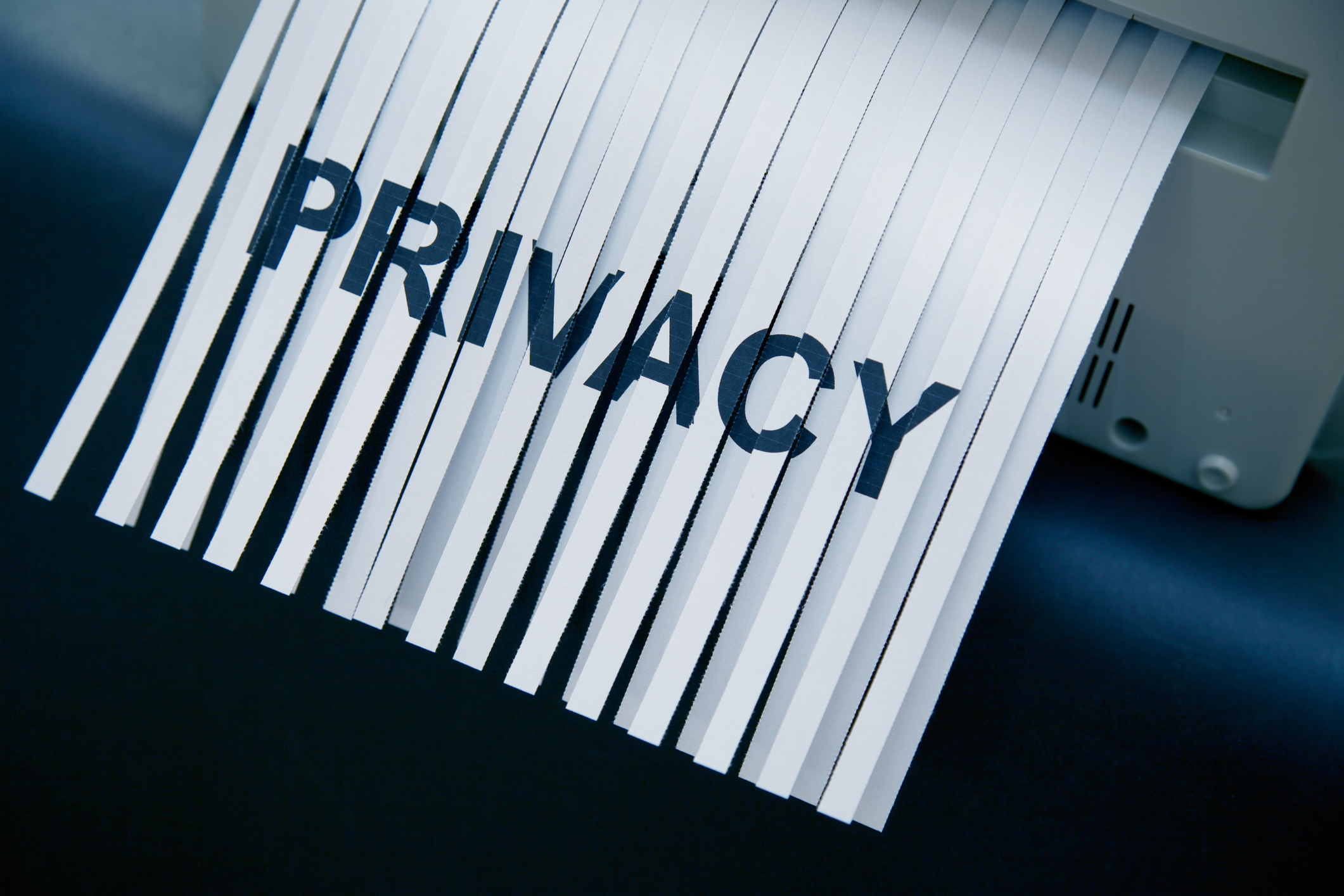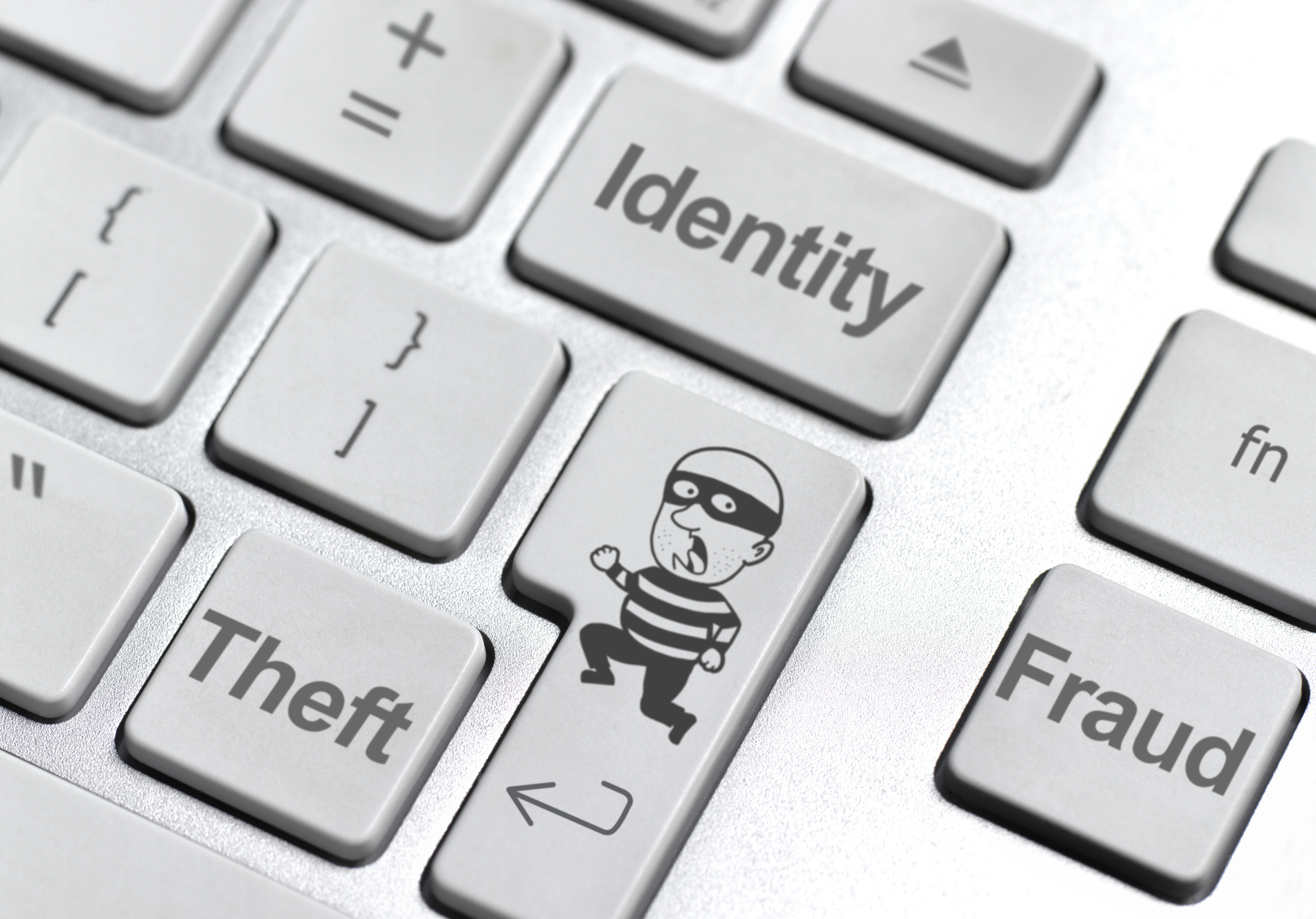Tricks ID Thieves Use
Knowing which red flags to watch for will help you protect your identity.

My credit-card company called me and said that somebody tried to charge a penny to my account. When I explained that it wasn’t my charge, the issuer canceled my card and sent me a new one. Was this an identity thief at work? In the future, what can I do to protect myself from identity theft?
This is a common ploy for ID thieves, who test out your credit card with a small charge and then, if it goes through, start making big purchases. Crooks may even use programs with algorithms that run 16-digit numbers until they get a hit. Then they try to charge a penny or a dollar or two, making it look as if a charity is the recipient, says Adam Levin, chairman of Identity Theft 911, which sells ID-theft prevention services to businesses. “They’re hoping that because of the small size of the transaction, it will slip through filtering systems.”
Another trick ID thieves use is to impersonate an employee of your bank’s fraud department and fish for your sensitive information. After offering enough of your personal details to get in your trust, they may ask you for your Social Security number or the security code on your credit card. If you get a suspicious call, call the customer-service number on the back of your credit card.
From just $107.88 $24.99 for Kiplinger Personal Finance
Become a smarter, better informed investor. Subscribe from just $107.88 $24.99, plus get up to 4 Special Issues

Sign up for Kiplinger’s Free Newsletters
Profit and prosper with the best of expert advice on investing, taxes, retirement, personal finance and more - straight to your e-mail.
Profit and prosper with the best of expert advice - straight to your e-mail.
It’s a good idea to regularly check your bank and credit-card balances online for suspicious transactions. You should also check your credit report to see whether anyone has applied for credit in your name. You can get one free credit report per year from each of the three credit bureaus at www.annualcreditreport.com. You could also put a credit freeze on your account, which blocks potential lenders from getting access to your credit report without your authorization. (Your current creditors are exempt from the freeze, and you can make charges to your current cards without unfreezing your account.) The protection works only if you freeze your credit at all three bureaus (Equifax.com, TransUnion.com and Experian.com). It generally costs $10 at each bureau to freeze the account and $10 to unfreeze it.
Profit and prosper with the best of Kiplinger's advice on investing, taxes, retirement, personal finance and much more. Delivered daily. Enter your email in the box and click Sign Me Up.

As the "Ask Kim" columnist for Kiplinger's Personal Finance, Lankford receives hundreds of personal finance questions from readers every month. She is the author of Rescue Your Financial Life (McGraw-Hill, 2003), The Insurance Maze: How You Can Save Money on Insurance -- and Still Get the Coverage You Need (Kaplan, 2006), Kiplinger's Ask Kim for Money Smart Solutions (Kaplan, 2007) and The Kiplinger/BBB Personal Finance Guide for Military Families. She is frequently featured as a financial expert on television and radio, including NBC's Today Show, CNN, CNBC and National Public Radio.
-
 HNW Retirees: Don't Overlook The Benefits of Social Security
HNW Retirees: Don't Overlook The Benefits of Social SecurityWealthy retirees often overlook Social Security. But timed properly, it can drive tax efficiency, keep Medicare costs in check and strengthen your legacy.
-
 Do You Have an Insurance Coverage Gap for Your Valuables?
Do You Have an Insurance Coverage Gap for Your Valuables?Standard homeowners insurance usually has strict limits on high-value items, so you should formally "schedule" these valuable possessions with your insurer.
-
 What to Do If You Plan to Make Catch-Up Contributions in 2026
What to Do If You Plan to Make Catch-Up Contributions in 2026Under new rules, you may lose an up-front deduction but gain tax-free income once you retire.
-
 Seven Things You Should Do Now if You Think Your Identity Was Stolen
Seven Things You Should Do Now if You Think Your Identity Was StolenIf you suspect your identity was stolen, there are several steps you can take to protect yourself, but make sure you take action fast.
-
 The 8 Financial Documents You Should Always Shred
The 8 Financial Documents You Should Always ShredIdentity Theft The financial documents piling up at home put you at risk of fraud. Learn the eight types of financial documents you should always shred to protect yourself.
-
 How to Guard Against the New Generation of Fraud and Identity Theft
How to Guard Against the New Generation of Fraud and Identity TheftIdentity Theft Fraud and identity theft are getting more sophisticated and harder to spot. Stay ahead of the scammers with our advice.
-
 12 Ways to Protect Yourself From Fraud and Scams
12 Ways to Protect Yourself From Fraud and ScamsIdentity Theft Think you can spot the telltale signs of frauds and scams? Follow these 12 tips to stay safe from evolving threats and prevent others from falling victim.
-
 Watch Out for These Travel Scams This Summer
Watch Out for These Travel Scams This SummerIdentity Theft These travel scams are easy to fall for and could wreck your summer. Take a moment to read up on the warning signs and simple ways to protect yourself.
-
 How to Guard Against Identity Theft in 2025
How to Guard Against Identity Theft in 2025Scammers are getting better at impersonating legitimate businesses.
-
 Social Media Scams Cost Consumers $2.7B, Study Shows
Social Media Scams Cost Consumers $2.7B, Study ShowsScams related to online shopping, investment schemes and romance top the FTC's social media list this year.
-
 Tired of Scam Text Messages? The FCC Cracks Down
Tired of Scam Text Messages? The FCC Cracks DownNew scam text message rules from the FCC require carriers to block texts from bad numbers and protect consumers.